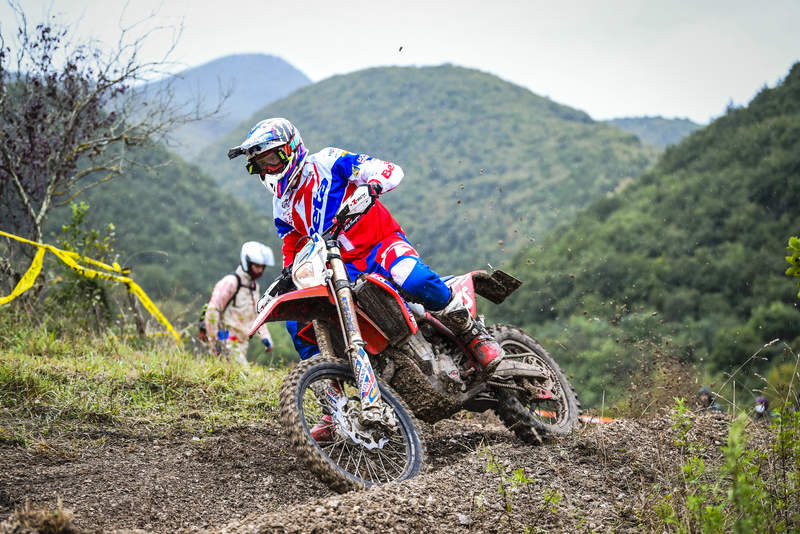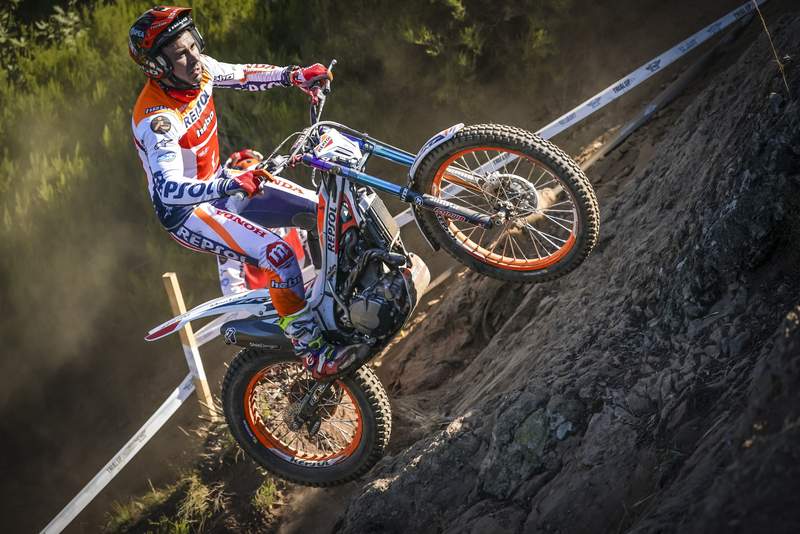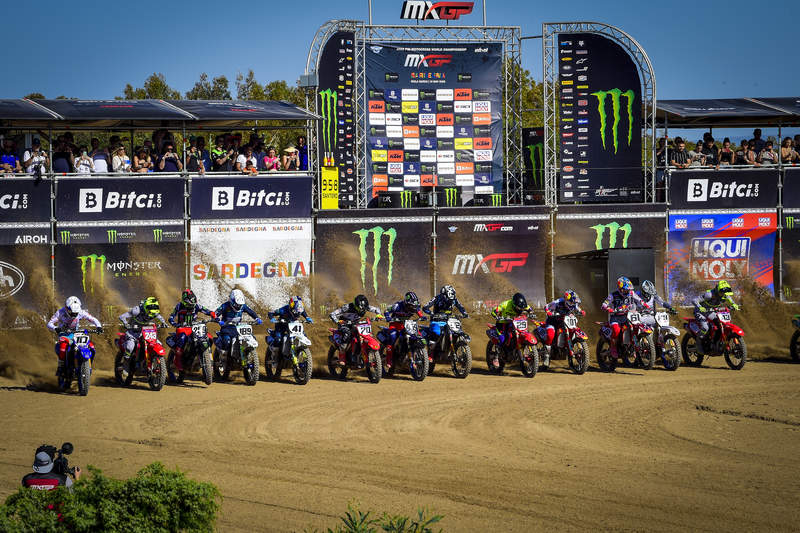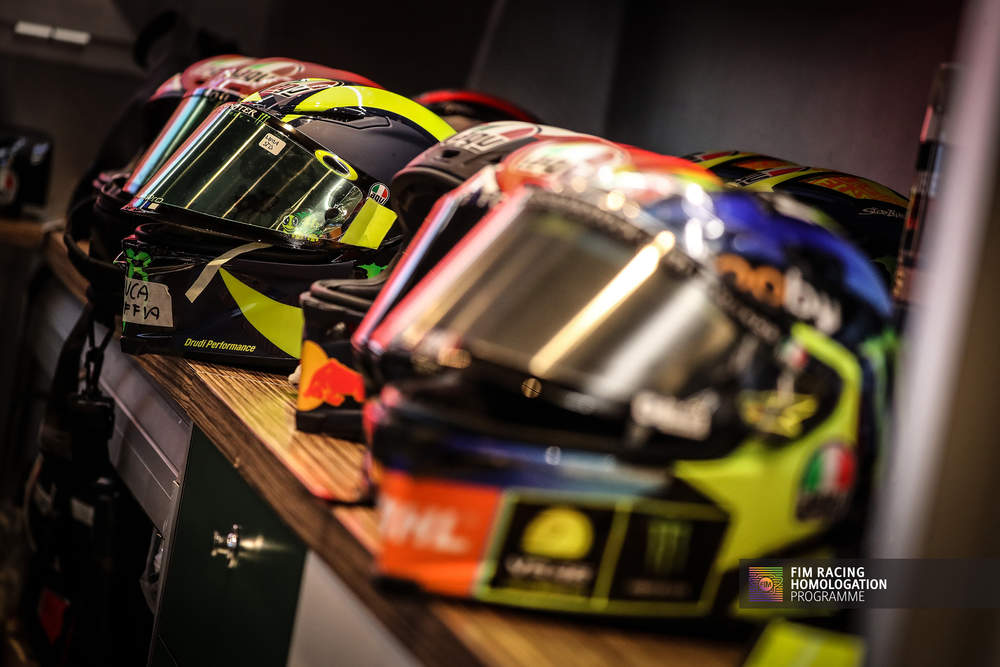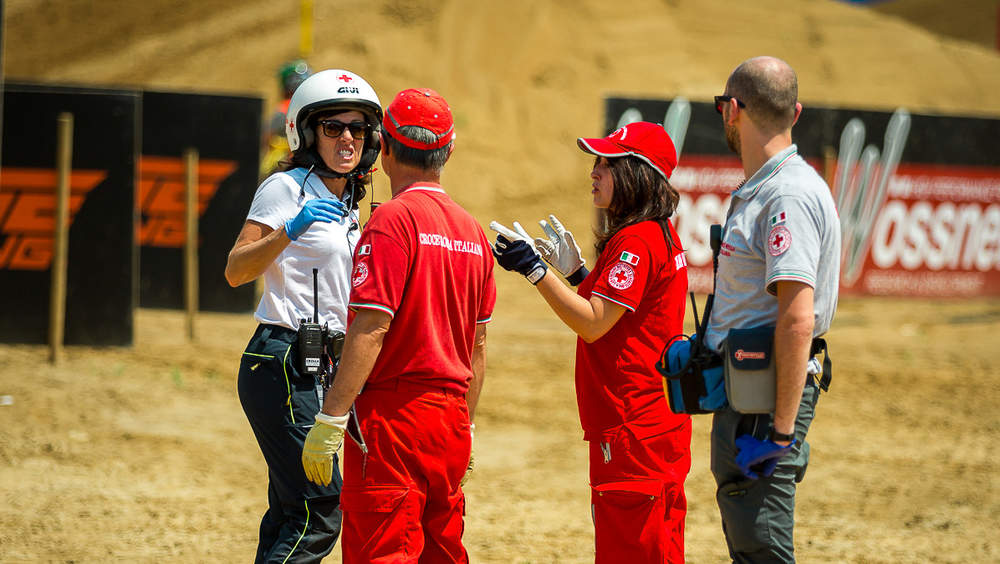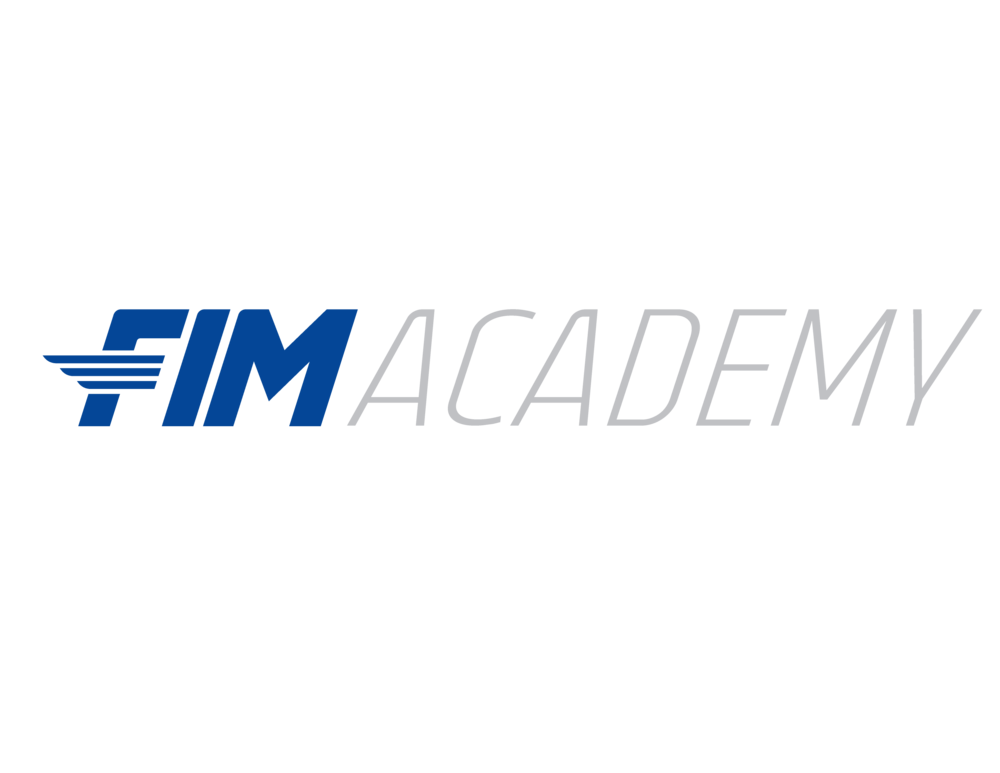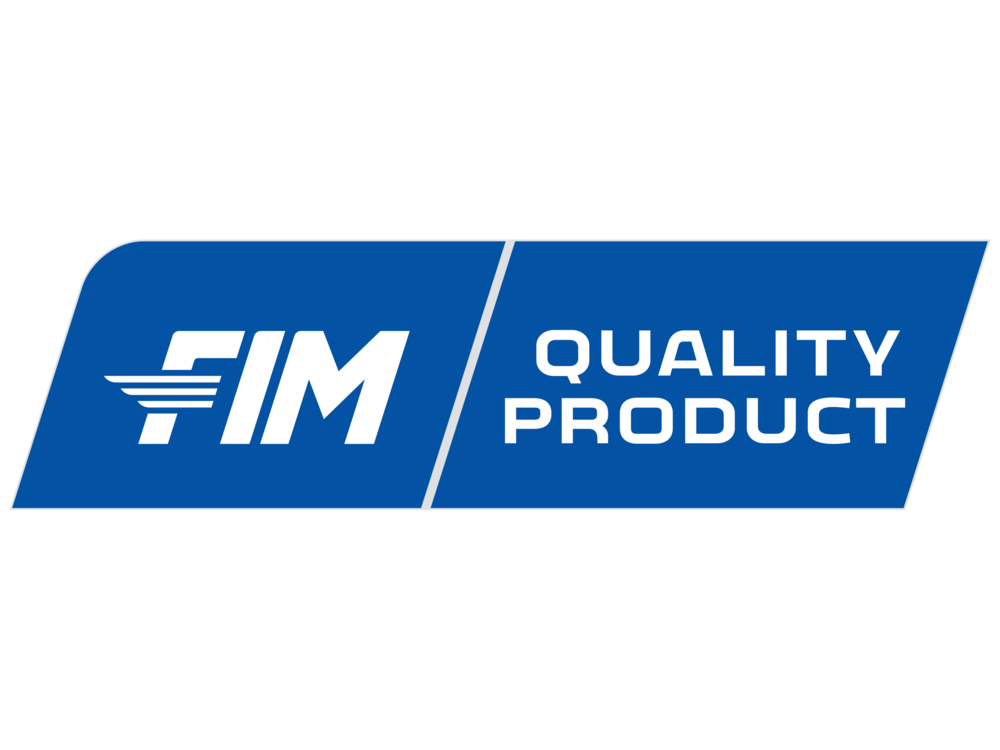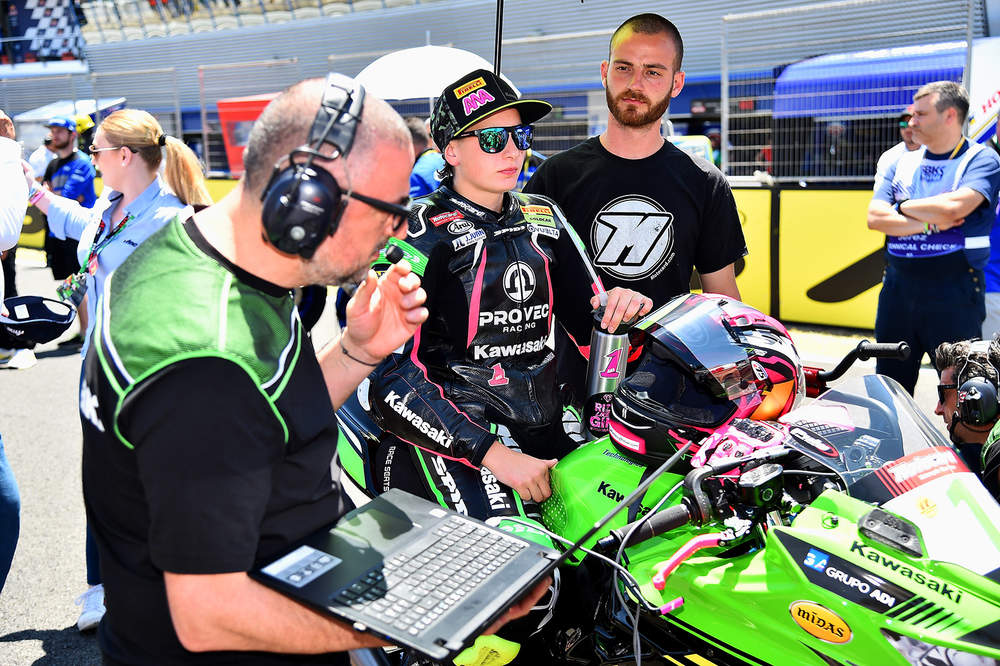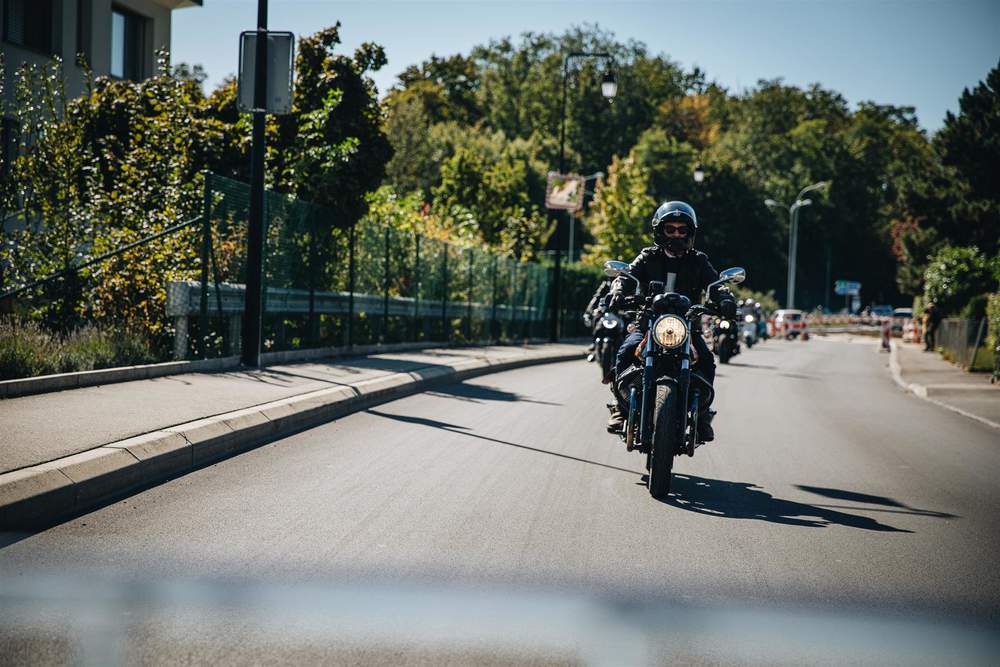World of motorcycling
Enter the exciting world of motorcycling and find all its news, pictures, and official documents.
Our races
Monster Energy AMA Supercross
Nissan Stadium 185
PZM-KLZ Unia Tarnów – Polonia Piła - round 2
Tarnów 185
Berwick v Plymouth GB CL KOC
Berwick Speedway 185
Discover our
FIM world championships and prizes
Motorcycling sport is run, at FIM World Championships and Prizes level, in seven different disciplines covering more than 100 categories.
Safety
Essential to our Sport
FIM is globally recognised and respected for its concern for rider health and safety as well as its leadership and innovation in emerging technologies, alternative energies and environmental methods.
CONSULT OUR
Latest documents
Consult our various Codes and Regulations, Press Releases, Supplementary Regulations and much more…
202 13 - 2024 FIM MXGP, MX2 Motocross World Championships –Loket (CZE)
Supplementary regulations - FIM Long Track challenge - Mühldorf (GER) - 16.06.2024
Speedway Leagues calendar - 16.04.2024
Listing_of_FIM_homologated_motorcycles_for_2024_v3
2024_FIM_Eligible_Parts_for_Competition_-_List_2024_v4
2024 MotoGP Self-Certified Clothing - Updated 16/04/2024 N.B: Right click on "Download document" > save link as "Desktop" and open it from your "Desktop"
SR - 2024 FIM EnduroGP World Championship - Bettola (ITA)
Supplementary regulations - FIM SGP2 QR - Macon (FRA) - 08.06.2024
Explore our
FIM Beyond Sport Activities
The FIM believes that fairness, inclusion, unity and transparency guide all processes.
